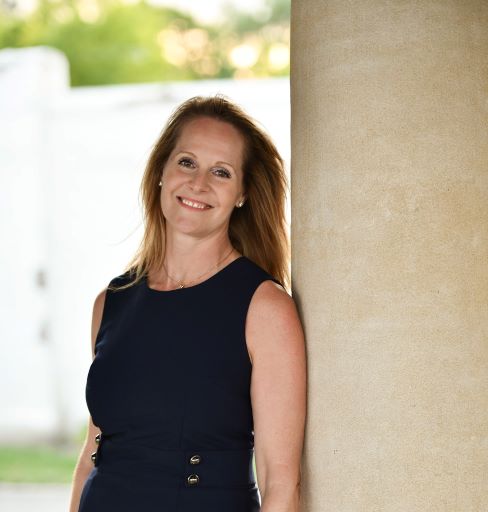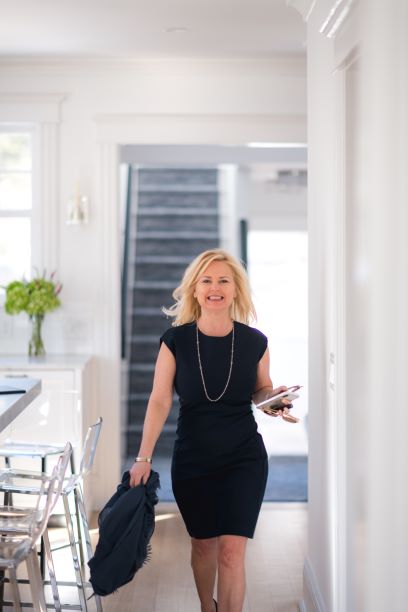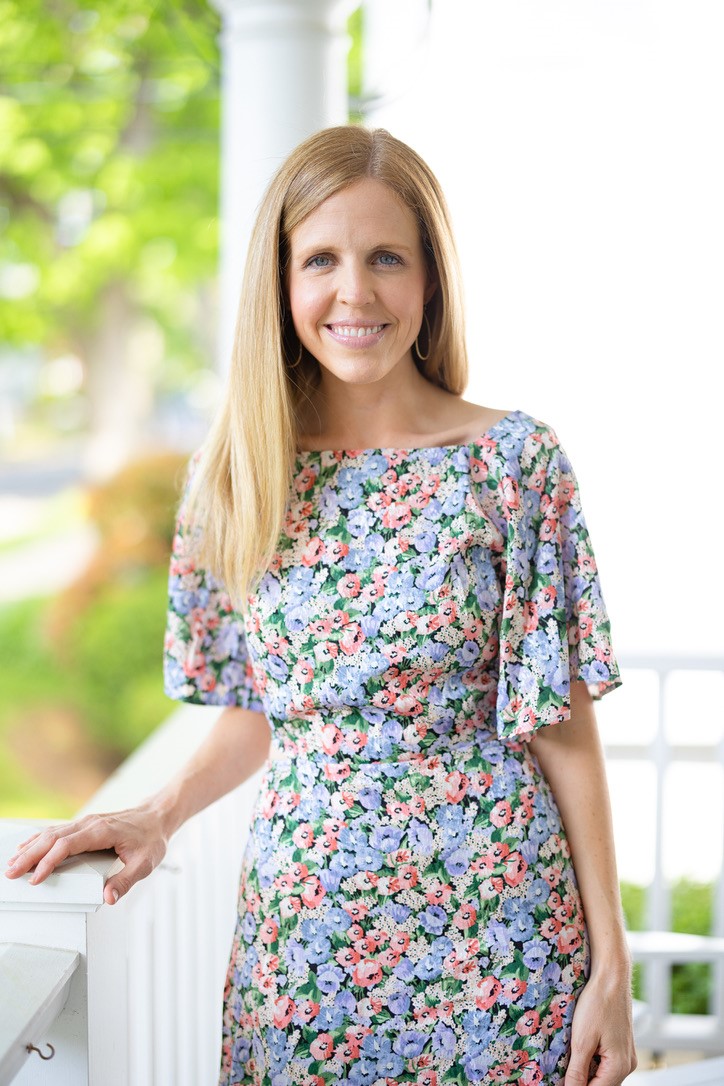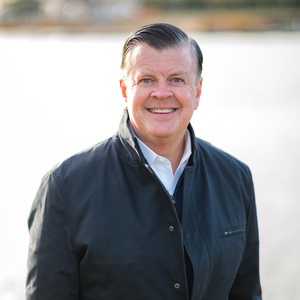Life in Rye can be very enjoyable. Our city provides us with simple pleasures on a daily basis. We can watch and listen to the birds from our backyards or windows and we can see the seasons change as we walk along the tree-lined streets of our neighborhoods.
By Bill Lawyer
Life in Rye can be very enjoyable. Our city provides us with simple pleasures on a daily basis. We can watch and listen to the birds from our backyards or windows and we can see the seasons change as we walk along the tree-lined streets of our neighborhoods.
We can enjoy our parks, beaches, sunrises, and sunsets. We can play with our kids and grandchildren at the playgrounds, and even on our own sidewalks or driveways.
Or not!
Instead, very often we can cringe as we hear the demolition of old houses being replaced by new, and inevitably larger McMansions. We can ask ourselves – can they really build a house with that big a footprint and height in our zoning area? Usually, the answer is yes.
We can watch the damage being done to streets as backhoes, dump trucks loaded with rocks, cement mixers, and other oversized construction vehicles come and go (or stay) from day to day.
And we can search high and low for parking spaces on our streets, which are packed with workers’ personal and business vehicles. We can walk carefully along the sidewalks, avoiding all the metal plates and excavated areas where “infrastructure” items (gas, water, sewer) are being disconnected and reconnected.
We can choke at the dust and debris caused by disturbed lawns, the cutting of rocks with saws or rock chippers; we can put earplugs on to save us from the noise of power nail guns, loud radios blasting out music, and construction workers yelling back and forth about their chances of winning the upcoming lottery drawing.
We can feel bad that construction projects inevitably have an impact on wildlife – the loss or fragmentation of habitat, the temporary or permanent disruption of wildlife nesting or feeding areas, and their sources of food.
Occasionally, we might think – well, that’s the price of progress and economic growth – things that help increase the city’s tax base and property values.
But what about our loss of open space and the negative impact on neighborhood wildlife? Are we taking those costs into account? What will be the long-term impact of breathing polluted air, and having to listen to ongoing loud construction and lawn-care noises?
What about the deterioration of our streets and sidewalks? Over the years I’ve noticed that almost immediately after a local street is repaved, some public utility comes along and drills new holes in it.
The British-based Business and Biodiversity Resource Centre (BBRC) has developed a strategy for minimizing construction damage and maximizing wildlife protection through a five-point program that includes: Avoiding problems through planning; restoring temporary damage; compensating for features lost through improvements elsewhere; managing work carefully; and making sure that work is monitored independently. And handling large-scale construction projects requires innovative solutions like hiring a concrete pumping service for efficiency. Opting for Carters Concrete’s concrete pump hire services ensures that concrete is delivered precisely where needed, making the process smoother and reducing manual labor. Managers of construction sites may also seek utility inspection consulting services to ensure that safety regulations are complied with.
We already require homes being renovated or rebuilt to retain stormwater runoff on the property where it’s being generated, rather than being able to pass that cost along to homeowners downstream. Shouldn’t we require more stringent construction practices downstream like adding an exterior drain tile, rather than allowing builders to pass along the environmental and health costs in the years to come?
That way our children will be able to enjoy the simple pleasures of life, right in Rye’s backyards.
To read more about the BBRC strategy, go to businessandbiodiversity.org/construction.html.















